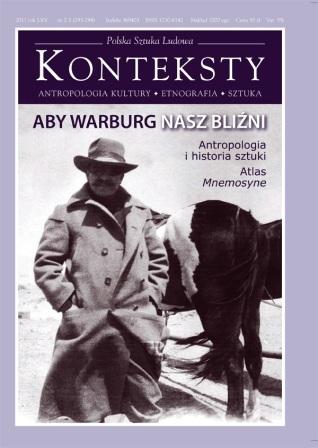Faszyzm i jego rzymski mit
Fascism and Its Roman Myth
Author(s): Monika MilewskaSubject(s): Anthropology
Published by: Instytut Sztuki Polskiej Akademii Nauk
Keywords: fascism; myth; iconography
Summary/Abstract: The ideological stratum of Italian fascism was based on the myth of ancient Rome propagated by, i. a. excavations initiated on an extensive scale in Italy and abroad as well as the redesigning of Città Eterna, which was to emphasise its ancient greatness. The apogee of the Roman myth took place in 1936 when after the conquest of Ethiopia Italy was pronounced an Empire and Mussolini received the titles of its ”Founder”. The empire was, therefore, not a “myth of the past” but a ”myth of the future”. The fascists did not wish to be mere guardians of inherited tradition but the creators of a new civilisation, which was to encompass the whole of Europe. Ethiopia and later Albania were only the beginning of the reinstated Imperium Romanum. Already in 1925 Mussolini was obsessed with a Roman Mare nostrum – the Mediterranean comprehended as the internal lake of an empire stretching along all its shores. This idea was to compel him to take part in World War II, which brought conquests in North Africa, Yugoslavia and Greece. The concept of Romanità was supposed to not only expand fascist dominion but, first and foremost, to reach the heart of every Italian. Similarly to other totalitarian ideologues, fascism brought an anthropological revolution. In this case, however, ”new man” was not all that new, and the “New Italian” was cast directly from the bronze matrix of the ancient Roman.
Journal: Konteksty
- Issue Year: 2011
- Issue No: 02-03
- Page Range: 286-293
- Page Count: 8
- Language: Polish
- Content File-PDF

